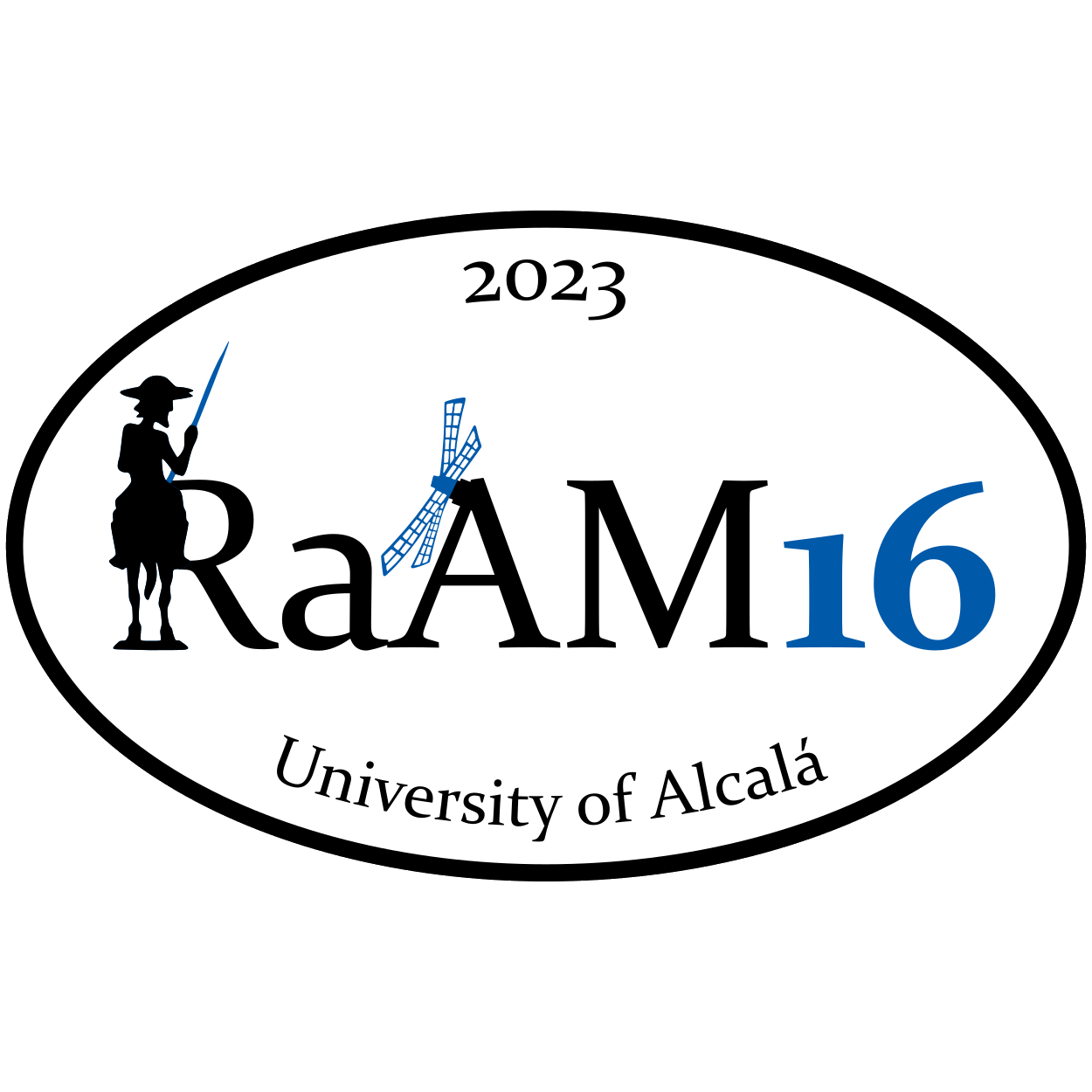Weaving viewpoints through metaphoric mappings in discourse
Solange Vereza
One of the defining characteristics of metaphor has been described by Lakoff and Johnson as a process of highlighting and hiding. This process involves the mapping of particular elements – and not others, which are hidden- from the source domain onto corresponding elements of the target domain. When these mappings are cognitively more stable and, therefore, conventionalized, as it seems to be the case of conceptual metaphors, their ideological effect in our worldview seems to be pervasive and often unconscious. In discourse, or language in use, however, mappings are significantly more dynamic and cognitively less rigid. Within this perspective, the aim of this paper is to explore the view that a) the highlighting of specific source domain elements and not of others, through “online” or “situated”, often unexpected episodic mappings, promotes the textual weaving of particular points of view; and b) situated metaphors may evoke distinct mappings on the part of different interlocutors, since the source domain elements which are either highlighted or hidden may differ, potentially causing the rejection or misinterpretation of the point of view being put forward. To illustrate and explore this hypothesis, an analysis of 100 comments on a visual metaphor, posted on a Facebook page, will be presented, along with a brief discussion of two other discourse events (memes and newspaper chronicles), in which points of view are constructed through discoursal-cognitively situated mappings.
